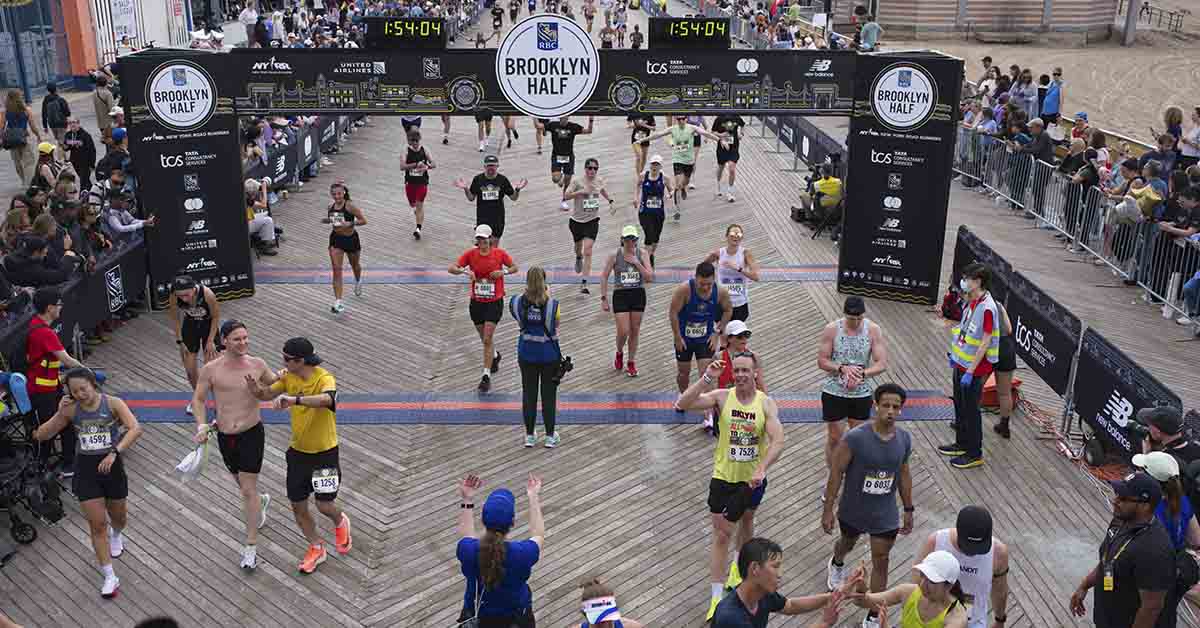On May 17, 2025, Charles Rogers headed out for what would be his final race. The 31-year-old former college football player from Iowa City had spent months training for his first half marathon in Brooklyn. He shared his journey on Facebook and raised money for charity. Eight miles into the 13.1-mile course, Rogers collapsed on Ocean Parkway when his heart suddenly stopped. Paramedics worked to revive him as runners continued past. Doctors at Maimonides Medical Center couldn’t restart his heart. The New York Road Runners later confirmed his death.
The Iowa City Kid Who Never Slowed Down

Rogers’ competitive fire was forged in Iowa City, where restlessness became his calling card. People back home knew him as the kid who couldn’t sit still, always pushing himself harder than everyone else. Iowa City taught him that excellence wasn’t optional. Whether he was attacking homework, weekend projects, or pickup games with friends, Rogers approached everything with the same relentless energy. The small-town values shaped his character, but they couldn’t contain his ambitions. He dreamed bigger than Iowa City could hold, yet never forgot the work ethic it burned into him. That foundation would carry him through every setback that lay ahead.
Who Was Charles Rogers

Rogers built his life in New York City alongside his wife Sydney. The couple carved out their space in the city, far from where Charles grew up. Friends describe him as someone who showed up completely for everything he did. Whether it was work, relationships, or weekend adventures, Rogers gave it his all. Sydney saw that same fire when they met. His competitive edge came from pure determination and genuine warmth.
The Athlete Who Couldn’t Stay Down
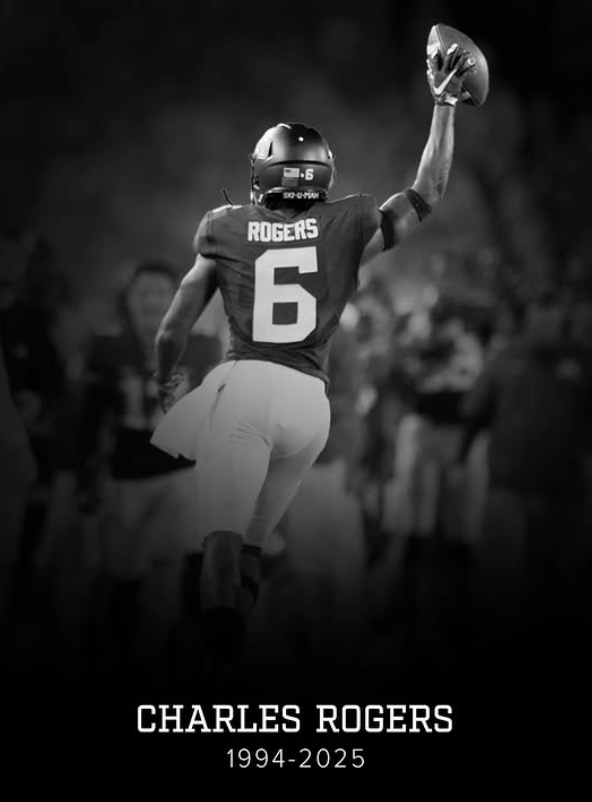
Rogers’ athletic story is a masterclass in resilience. In high school, he became a state champion in the 110-meter and 400-meter hurdles in Iowa, flying over barriers like they barely existed. He joined Iowa State as a defensive back in 2012, but injuries forced a transfer to Iowa Western Community College, where he earned All-American honors. He then moved to Minnesota in 2015, but injuries struck again, ending both his 2015 and 2016 seasons. Most guys would’ve called it. Not Rogers. He landed at Lindenwood University, where he proved that champions aren’t made by staying on their feet. They’re made by getting back up. Every setback taught him something new.
Why the Brooklyn Half Marathon Meant Everything
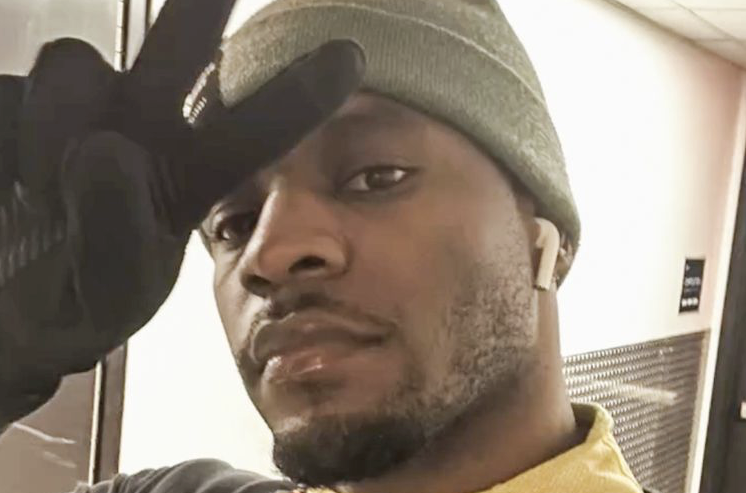
This was not about running fast or chasing personal records. Rogers entered the marathon with something bigger on his shoulders. He was running for Team for Kids, the same charity his wife Sydney supported during her 2022 New York City Marathon. The organization funds youth-running programs across the city. In April, he posted on Facebook asking friends to donate. Running had become his new obsession after football, with miles replacing touchdowns. The marathon connected him to Sydney’s journey.
Read More: Bodybuilding’s Dark Side: 20-year-Old Woman Dies, Sparking Health Debate
When Mile 8 Shattered the Brooklyn Half Marathon
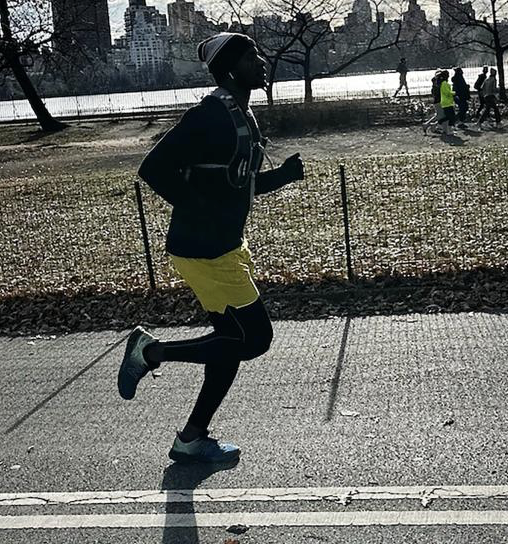
Mile 8 on Ocean Parkway looked like any other part of the course until it wasn’t. Rogers was moving steadily when his heart stopped. Cardiac arrest doesn’t announce itself. One moment you’re running, the next you’re on the asphalt. Other runners saw him drop and immediately shouted for help. Race volunteers sprinted over while someone called 911. The scene turned chaotic as emergency responders pushed through the crowd. CPR began right there on the street with thousands of runners streaming past. An ambulance raced him through Brooklyn traffic to Maimonides Medical Center. Doctors tried everything, but the athlete who had survived every challenge could not survive this one.
Wife’s Heartbreaking Tribute

Speaking through her grief, Sydney Rogers found the words when words seemed impossible. She painted a picture of the man she married rather than the tragedy that took him. “Charles put everything he had into everything he did,” she told reporters. “While he leaves behind a wife and family that already miss him terribly, he loved being competitive and left us being 100 percent himself.” Sydney fell in love with that authentic spirit, someone who brought his whole self to every moment. That same intensity would eventually drive him to train for the Brooklyn Half Marathon.
Supporting the Family He Left Behind

Two GoFundMe campaigns emerged after the tragedy. Rogers’ sister Tiffany Bass launched the first to cover funeral expenses in Iowa City, planning what she calls a “bomb” memorial service worthy of a brother who lived life at full volume. Sister-in-law Ashley Squires created a second campaign to help Sydney with immediate needs. Both the University of Minnesota and Lindenwood University shared social media tributes from teammates and coaches. Every dollar donated means Rogers’ family can focus on healing instead of bills.
The Safety Questions His Death Raises After Brooklyn Half Marathon
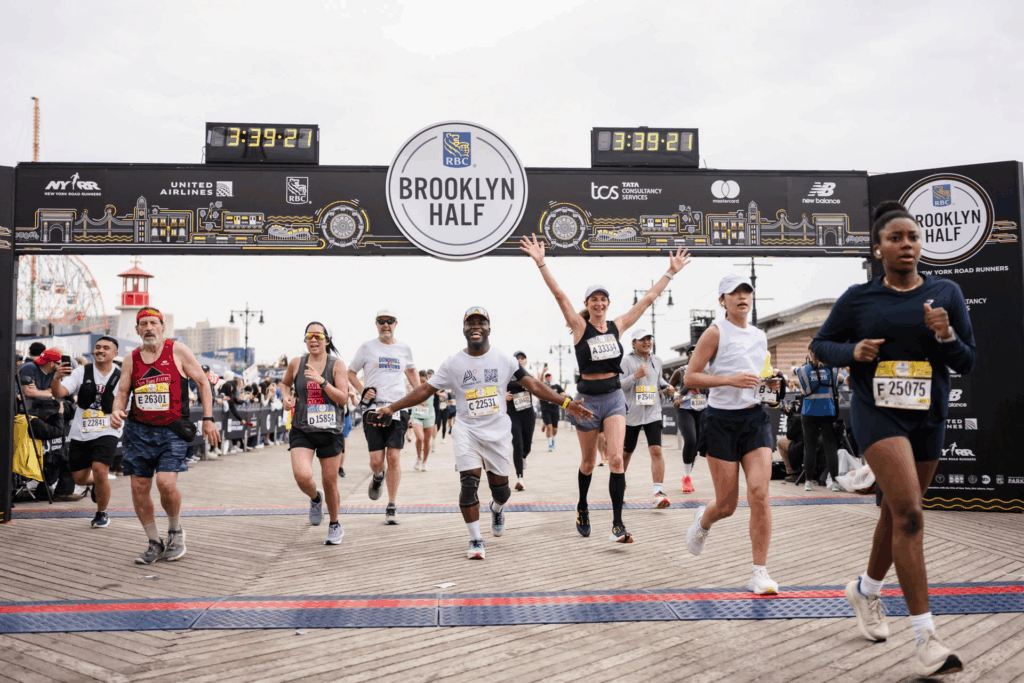
The medical response to Rogers’ cardiac arrest highlights ongoing challenges in athlete safety that the running community can’t ignore. Heart problems don’t care about age, fitness, or how many miles you’ve logged. They strike without warning, turning routine runs into medical emergencies. The Brooklyn Half Marathon had medical teams stationed along the course, but even the best response sometimes falls short. Race directors nationwide are studying cases like Rogers’ to find better screening methods and faster intervention protocols. His death exposes gaps in how we understand exercise-induced cardiac events. Medical researchers are working to explain why seemingly healthy athletes collapse without warning. Maybe Rogers’ story will drive improvements in portable defibrillators or pre-race cardiac screening.
Read More: Rep. McGovern’s Daughter Dies Unexpectedly While on Family Trip
